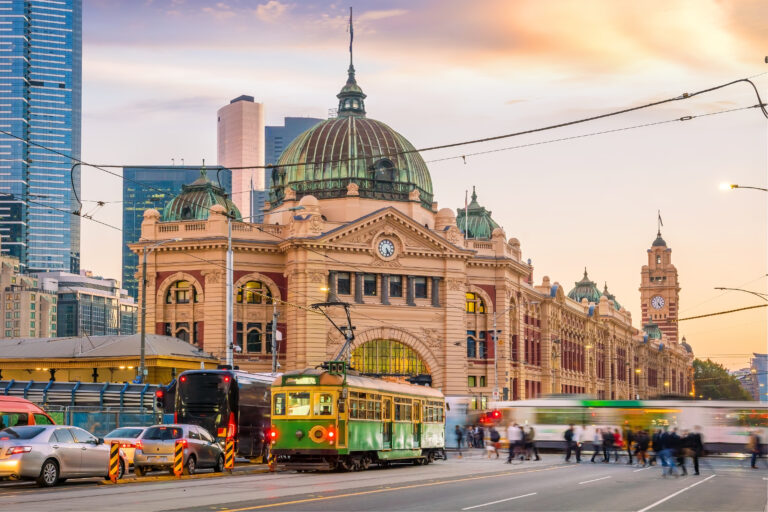Melbourne
 |
| Image source-Google|Image by insiderguides. |
Introduction:
Melbourne is popular city like New York,london,Amsterdam etc. Nestled on the southeastern coast of Australia, Melbourne stands as a living testament to the evolution of a city that has seamlessly woven together its indigenous roots, colonial heritage, and modern dynamism. With its vibrant culture, diverse population, and rich history, Melbourne has transformed from a fledgling settlement into a global metropolis known for its creativity, innovation, and unmatched livability.
Indigenous Origins:
Before Melbourne became a bustling urban center, it was inhabited by the Indigenous peoples of the Kulin Nation, who had nurtured a deep connection with the land for thousands of years. The Yarra River, which meanders through the heart of the city, held profound significance for these communities. Melbourne's history acknowledges and celebrates these Indigenous origins as an integral part of its identity.
Colonial Beginnings:
 |
| Image source-Google|Image by rd.uqam.ca |
In 1835, settlers led by John Batman and John Pascoe Fawkner laid the foundations for what would become Melbourne. However, the legality and ethics of this settlement were contested, raising complex questions about land ownership and colonization. As the city expanded, a grid-like street layout was established, revealing European influences that would shape its urban character.
Gold Rush Era:
The 1850s brought the gold rush, a pivotal chapter in Melbourne's history. As fortune seekers flocked to the region, the city transformed into a booming hub of opportunity and commerce. This influx of people from around the world not only fueled economic growth but also sowed the seeds of cultural diversity that continue to define Melbourne today.
Cultural Diversity and Multiculturalism:
The late 19th and early 20th centuries witnessed waves of immigration, contributing to Melbourne's multicultural fabric. Communities from China, Greece, Italy, and beyond brought their traditions, languages, and cuisines, enriching the city's cultural tapestry. Today, Melbourne is celebrated for its diverse neighborhoods, international cuisine, and the vibrant festivities that reflect its global heritage.
Arts, Culture, and Sport:
| Image source-Google|Image by cricket.com.au |
Melbourne's affinity for culture and the arts is evident in its thriving creative scene. The city boasts iconic cultural institutions such as the National Gallery of Victoria, and it has hosted major international events like the Melbourne International Comedy Festival and the Melbourne International Film Festival. Additionally, Melbourne's love for sports is deeply ingrained, with the Melbourne Cricket Ground (MCG) serving as a hallowed ground for cricket and Australian rules football.
Innovation and Modern Identity:
In the vibrant tapestry of Melbourne's history, the echoes of distant lands intertwine with the spirit of the city, like a river flowing from the bustling streets of Bangkok to the lively lanes of Melbourne.As the 20th century unfolded, Melbourne cemented its reputation as a hub of innovation and progress. The city's universities, research centers, and medical institutions have contributed significantly to advancements in science, technology, and medicine. Melbourne's contemporary identity is characterized by its commitment to sustainability, urban design, and the promotion of a high quality of life.
Conclusion:
Melbourne's history is a narrative of growth, adaptation, and transformation. From its Indigenous origins to its colonial past, the gold rush era, and its present-day multicultural vibrancy, the city has consistently evolved while honoring its roots. Melbourne's ability to embrace change and diversity while maintaining a strong sense of identity is a testament to its resilience and its enduring status as one of the world's most captivating cities.

Post a Comment